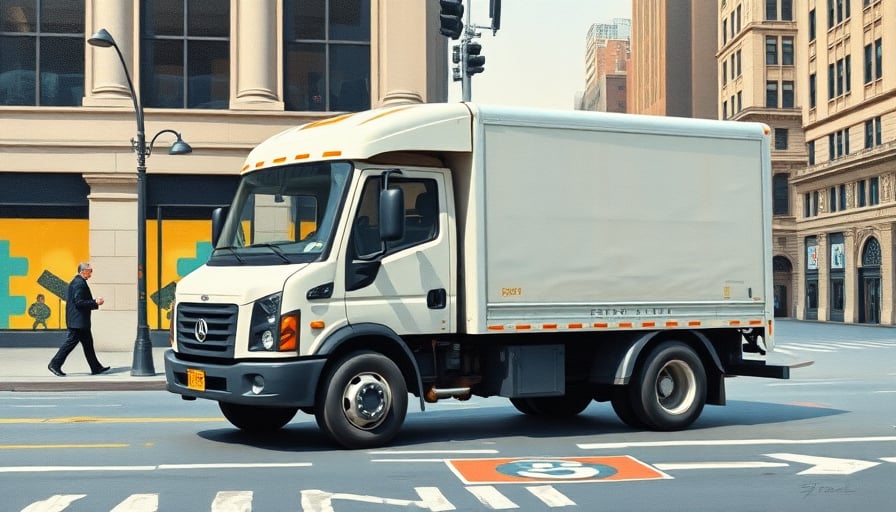Workhorse Group Inc., an American company headquartered in Loveland, operates within the Consumer Discretionary sector, specifically in the Automobile Components industry. The company is publicly traded on the Nasdaq stock exchange, with its financial activities denominated in USD. As of October 26, 2025, Workhorse Group Inc. reported a close price of $1.09 per share. The company’s market capitalization stands at $16,910,000 USD, reflecting its current valuation in the market.
Over the past year, Workhorse Group Inc. has experienced significant fluctuations in its stock price. The 52-week high was recorded at $24.25 on November 11, 2024, while the 52-week low was $0.805 on May 18, 2025. These figures indicate a volatile trading period for the company’s shares.
The company’s financial metrics reveal a Price Earnings (P/E) ratio of -0.06, suggesting that it is not currently generating profits. This negative P/E ratio is indicative of the challenges faced by the company in achieving profitability, which may be attributed to its developmental and operational phases.
Workhorse Group Inc. is renowned for its specialization in the design and construction of battery-electric vehicles and aircraft. The company’s product portfolio includes real-time telematics performance monitoring systems, cargo vans, and medium to light-duty pickup trucks. Additionally, Workhorse Group Inc. is at the forefront of innovation in the delivery sector, producing delivery drones and electric vertical takeoff and landing (eVTOL) aircraft.
The company’s commitment to advancing electric vehicle technology and autonomous delivery solutions positions it as a key player in the evolving landscape of transportation and logistics. For further information on Workhorse Group Inc.’s operations and initiatives, interested parties can visit their official website at www.workhorse.com .
In summary, while Workhorse Group Inc. faces financial challenges as reflected in its current market performance and negative P/E ratio, its focus on cutting-edge technologies in electric vehicles and autonomous delivery systems underscores its potential for future growth and innovation in the industry.
